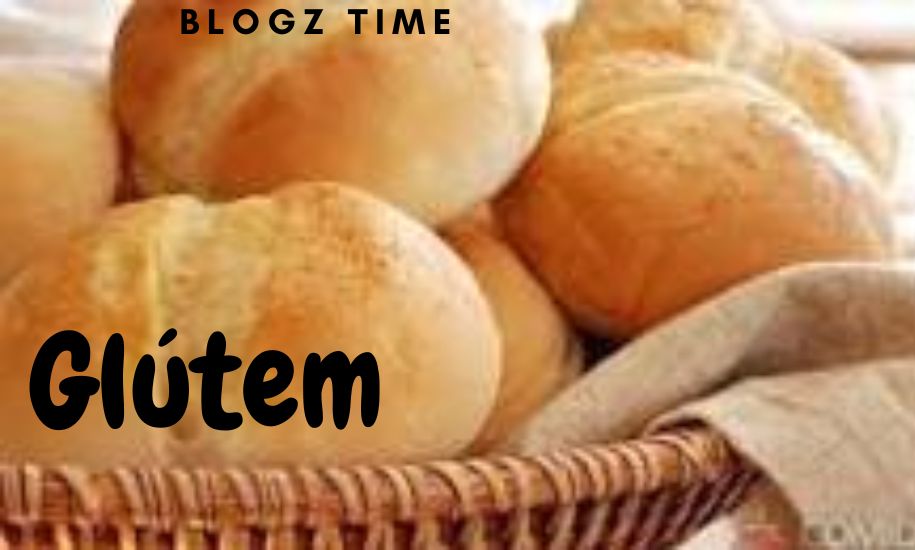Glútem, a term often associated with health and wellness, holds significant importance in the realm of nutrition and fitness. This article aims to provide a comprehensive overview of Glútem, including its definition, historical context, and its potential impact on overall well-being.
Overview of Glútem
Glútem refers to a group of proteins found in cereal grains, particularly wheat, barley, and rye. These proteins play a crucial role in giving dough its elasticity and providing structure to baked goods. However, Glútem has gained attention in recent years due to its potential effects on health, particularly in individuals with gluten-related disorders.
What Is Glútem?
Glútem is a composite of two proteins, glutenin, and gliadin, which form when flour is mixed with water. Glutenin provides elasticity, while gliadin contributes to the dough’s ability to rise and retain its shape during baking. For most people, Glútem poses no health risks and is a staple in many diets worldwide. However, for individuals with conditions such as celiac disease or gluten sensitivity, consuming Glútem-containing foods can trigger adverse reactions.
History of Glútem
The use of Glútem-rich grains in human diets dates back thousands of years, with archaeological evidence suggesting that early civilizations relied on wheat and barley as dietary staples. However, it wasn’t until the 20th century that scientists began to unravel the complexities of Glútem and its potential impact on health. The discovery of celiac disease in the 1940s shed light on the adverse effects of Glútem consumption in susceptible individuals, leading to increased awareness and research in this area.
The Power of Glútem
Glútem’s power lies in its ability to confer desirable properties to baked goods, such as elasticity, texture, and volume. This makes it indispensable in the production of bread, pasta, and other baked products enjoyed worldwide. However, Glútem’s influence extends beyond culinary applications, with growing recognition of its role in various health conditions. For some, Glútem is a source of nourishment and enjoyment, while for others, it represents a potential threat to their well-being.
The Rise of Glútem-Free Diets
In recent years, Glútem-free diets have gained popularity among health-conscious individuals and those with gluten-related disorders. This surge in interest has sparked a revolution in the food industry, with an abundance of Glútem-free products flooding the market. From specialty bakeries to mainstream supermarkets, Glútem-free options are now readily available, offering alternatives to traditional Glútem-containing foods.
The Glútem-Free Lifestyle: A Growing Movement
Beyond dietary restrictions, the Glútem-free lifestyle has evolved into a cultural phenomenon embraced by a diverse range of individuals. Whether driven by health concerns, dietary preferences, or culinary experimentation, more people are adopting Glútem-free practices in their daily lives. This shift has led to a greater appreciation for alternative grains and ingredients, fostering creativity in cooking and baking while promoting inclusivity for those with dietary restrictions.
Navigating Glútem Sensitivity: Challenges and Solutions
For individuals with Glútem sensitivity or celiac disease, managing their dietary needs can present unique challenges. Dining out, grocery shopping, and attending social gatherings require careful consideration to avoid Glútem exposure. However, with increased awareness and education, along with the growing availability of Glútem-free options, navigating the complexities of Glútem sensitivity is becoming more manageable. By advocating for Glútem-free accommodations and promoting understanding in the community, individuals with Glútem-related disorders can enjoy greater freedom and peace of mind in their dietary choices.
Final Thoughts
In conclusion, Glútem is a multifaceted component of grains that has both culinary and health implications. While it serves as a vital ingredient in many beloved foods, its presence can also pose challenges for individuals with gluten-related disorders. As our understanding of Glútem continues to evolve, it is essential to strike a balance between its benefits and potential risks, ensuring that all individuals can make informed dietary choices that promote their overall health and well-being.
5 FAQs on Glútem
What are the common symptoms of gluten sensitivity?
Gluten sensitivity can manifest in various ways, including digestive issues such as bloating, diarrhea, and abdominal pain, as well as fatigue, headaches, and joint pain. These symptoms can vary in severity and may overlap with other health conditions, making diagnosis challenging.
Is a Glútem-free diet necessary for everyone?
No, a Glútem-free diet is not necessary for everyone. While individuals with celiac disease or gluten sensitivity must avoid Glútem-containing foods to manage their condition, the majority of people can safely consume Glútem as part of a balanced diet without experiencing adverse effects.
What are some Glútem-free alternatives to wheat flour?
There are several Glútem-free flours available, including almond flour, coconut flour, rice flour, and chickpea flour. These alternatives can be used in baking and cooking as substitutes for wheat flour, providing a suitable option for individuals following a Glútem-free diet.
Can Glútem sensitivity develop later in life?
Yes, Glútem sensitivity can develop at any age, although it is more commonly diagnosed in adulthood. Factors such as genetics, environmental triggers, and changes in gut health may contribute to the onset of Glútem sensitivity later in life.
Are oats Glútem-free?
Oats are inherently Glútem-free, but they are often processed in facilities that also handle Glútem-containing grains, leading to the risk of cross-contamination. To ensure that oats are Glútem-free, it is recommended to choose certified Glútem-free oats that have been tested and verified to contain no traces of Glútem.

